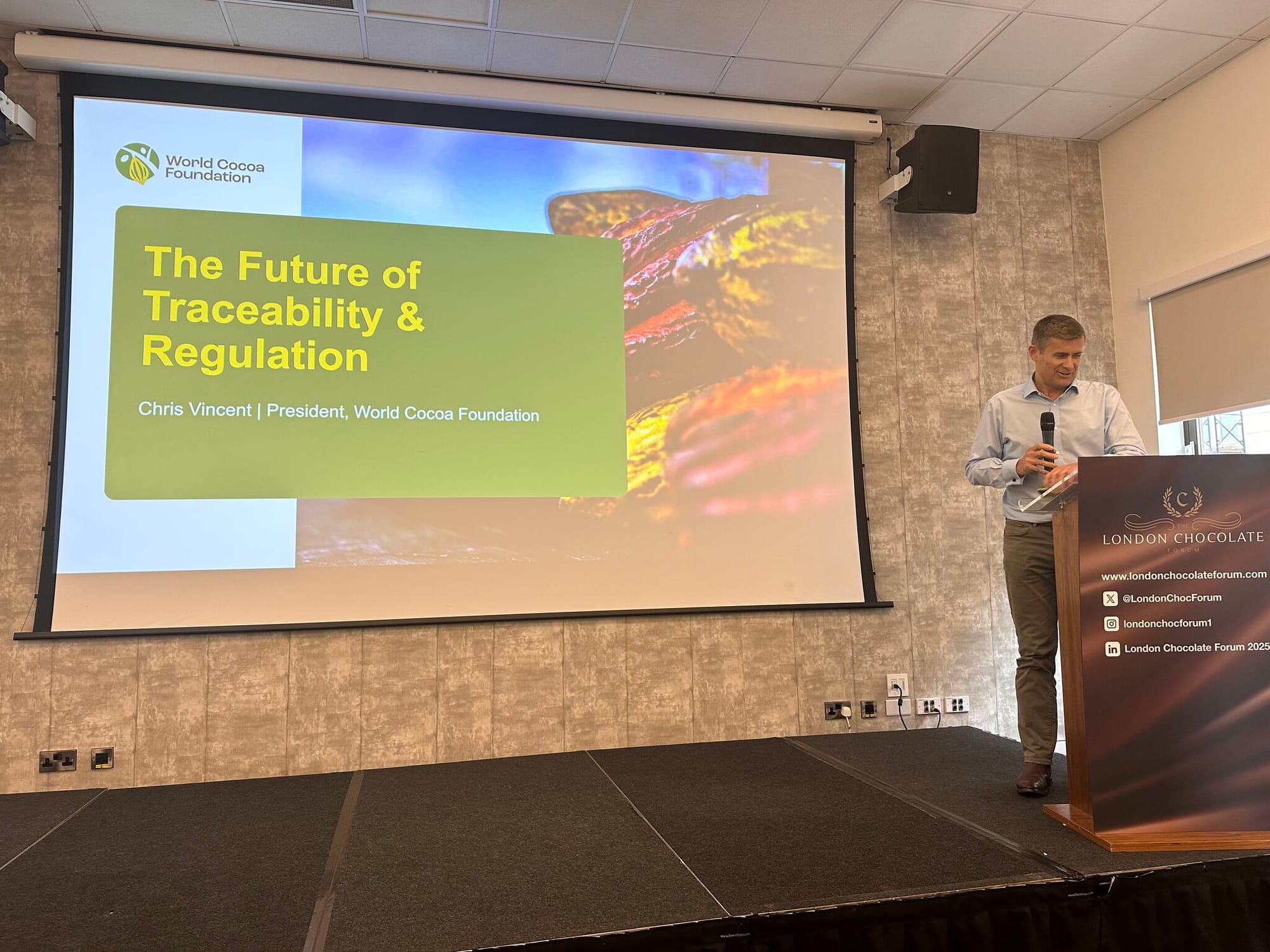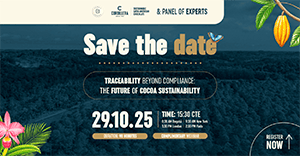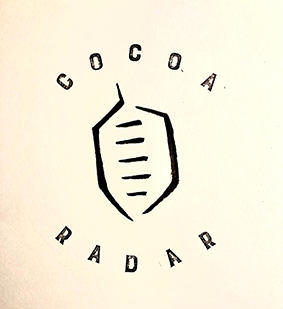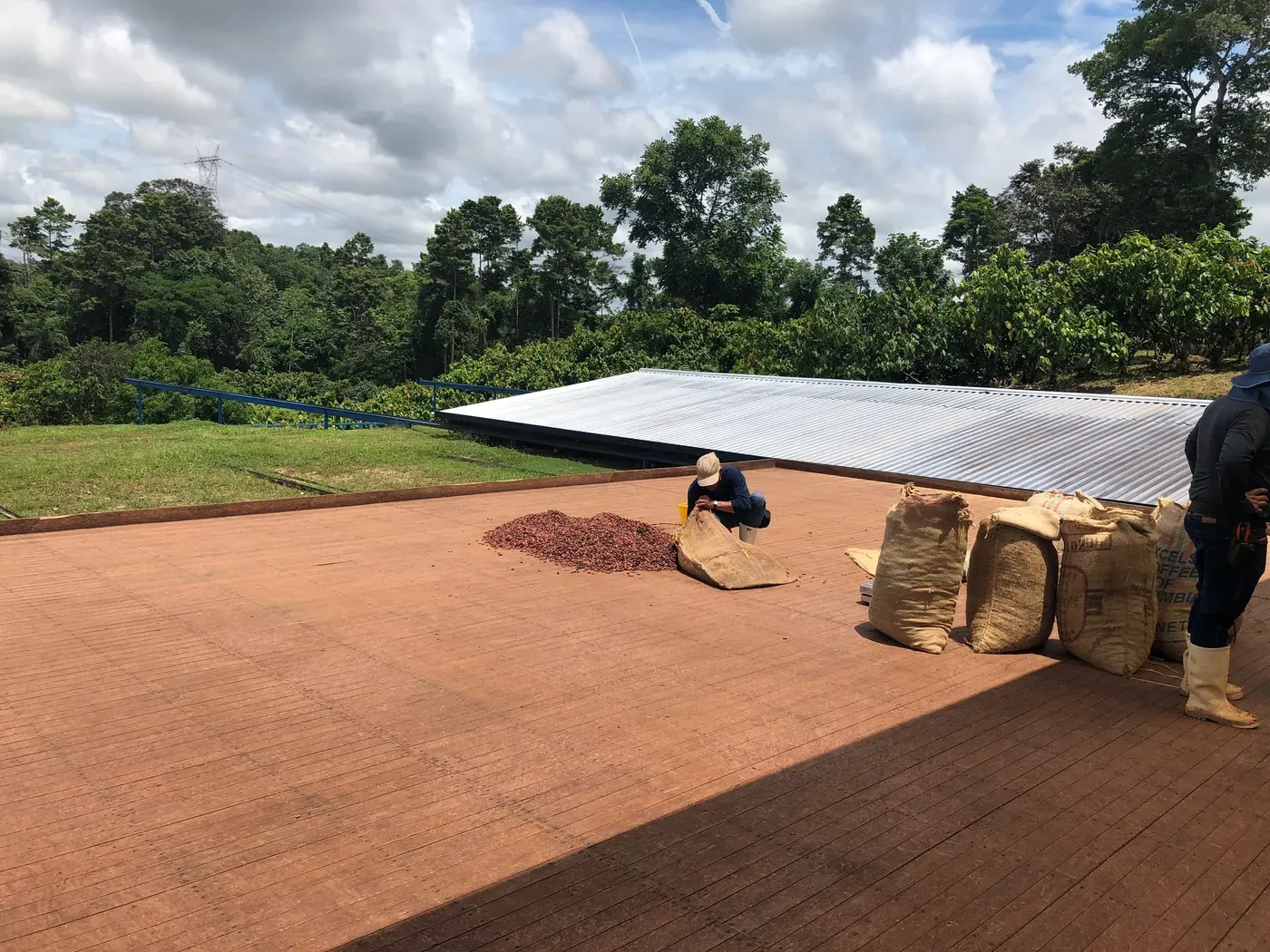Application date for micro/small operators postponed to 30 Dec 2026
Penalties for non-compliance postponed by 6 months (30 June 2026)
At the time of writing the EUDR will come into force at the end of the year as planned - however the new proposal now moves to the European Parliament and Council for approval.
Read the EC's official statement here.
This month’s London Chocolate Forum laid bare a truth the cocoa industry can no longer ignore: the EUDR may still be in flux, but traceability is now the heartbeat of cocoa’s sustainability future.
Chris Vincent, president of the World Cocoa Foundation, delivered a candid assessment of where the sector stands. “We’ve been working on traceability for over 10 years,” he reminded the audience. “But there’s no doubt EUDR gave this a massive push.”
With the EUDR mandating that detailed, verifiable data be collected back from every container of cocoa imported into the EU — down to the GPS coordinates of the farm — the cost and complexity of compliance are enormous. “Each container needs a gigabit of data,” Vincent noted.
“It’s a massive cost, and the EU system isn’t even capable of processing all the information it’s demanding.”

Yet despite regulatory delays and implementation gaps, Vincent struck a hopeful tone: “The industry has made enormous efforts. Traceability is in much better shape than it was three or four years ago.” From satellite-linked maps to externally validated deforestation risk models, the infrastructure for verifying cocoa origins is taking shape.
EU Green Deal Agenda
Still, the path forward is uncertain. National authorities across the EU are interpreting the law differently, and many companies are left “guessing what that interpretation is going to be,” Vincent warned. Meanwhile, cocoa remains just “2% of the economic value of the EUDR,” a minor actor swept into a much larger EU Green Deal agenda.

That complexity is precisely why CocoaRadar is hosting a timely webinar on 29 October: ‘Beyond Compliance: Traceability as the Future of Cocoa Sustainability’, presented by Colombian sustainability brand Cordillera Chocolate. The session aims to help industry players pivot from reactive compliance to proactive sustainability — by putting traceability at the centre of operations.
Cordillera, which has invested heavily in digitising its supply chain, sees traceability as more than a regulatory checkbox. “It’s about trust,” the brand said in a preview of the event.
“If we don’t know where our cocoa comes from, how can we guarantee sustainability — whether it's living income, biodiversity, or carbon metrics?”
Vincent’s remarks echo that long-term vision: “Traceability will be national, data-driven, AI-enhanced, independently verified. It will eventually cover everything from child labour to biodiversity.”
He added that the EUDR may be the beginning — not the end — of cocoa’s accountability journey.
In a landscape of shifting regulations and rising consumer scrutiny, the message is clear: real sustainability starts with knowing the ground your cocoa grows on.
- Webinar: Traceability Beyond Compliance: The Future of Cocoa Sustainability. A Live Webinar Presented by Cordillera Chocolate • Hosted by CocoaRadar. Register here.

